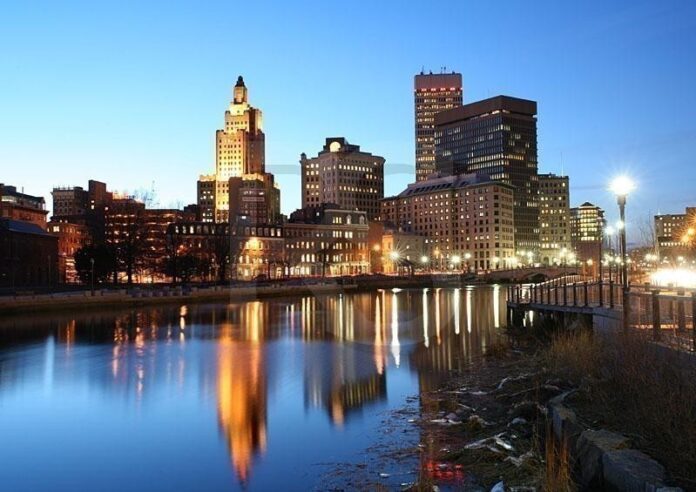
PROVIDENCE – Providence has earned the distinction of being the second most popular metropolitan area to relocate to in the Northeast.
That’s according to a study of the Northeast that was conducted by a commercial real estate blog called CommercialCafe. Using U.S. Census Bureau data, CommercialCafe ranked the top 10 metropolitan areas by examining the relocation of residents through metro-to-metro migration.
CommercialCafe said Providence sits at number two with 7,039 relocations per year on average, behind No.1-ranked Harrisburg, Pa., which netted 7,118 relocations to its metro area. Manchester, N.H., was ranked third, with 5,429 relocations.
The top 10 metro areas by relocation rank are: Harrisburg, Providence, Manchester, N.H., Springfield, Mass., Allentown, Pa., Scranton, Pa., Albany, N.Y., Reading, Pa., Binghamton, N.Y., and Burlington, Vt.
Providence is also the largest metropolitan area among the locations on the list, with 1.67 million residents as of 2020. CommercialCafe said the primary source of the influx of relocations in the Providence metro area is Boston, followed by New York City and Worcester, Mass.
The study noted that Providence’s economic background historically was centered around manufacturing, but it has transitioned into a “college town,” with its office space seeing growing demand. As a result, the city enjoys a steady stream of educated young professionals to fill the workforce demand generated by the metro’s robust health care, biomedicine, and tech industries.
The study found that smaller metro areas anchoring one of the Northeast’s largest metros areas were the big winners in metro-to-metro migration trends. Commuter towns and suburban areas attract residents from the high-density metros of which they are a satellite due to lower costs of living and commuting opportunities.
CommercialCafe said that Northeastern metropolitan areas on its list are primarily drawing relocations from the large metro areas in their vicinity and from smaller metros in the same state – as opposed to national migration trends where the metros growing the fastest are drawing movers from several metros in different regions of the U.S.
What it means is while the top 10 metros were gaining residents, the large metros in the Northeast continued to lose population to destinations in Florida, and other southern areas, and to the metros noted in the top 10, CommercialCafe said.
Meanwhile, New York City, Philadelphia and Boston are losing net residents to select metros in the Sun Belt or more affordable areas in their respective states. The result is that New York City loses almost 240,000 net residents per year through metro-to-metro migration, while Boston and Philadelphia are also losing 25,000 and 21,000 per year, respectively.
Overall, the entries in our top 10 highlight a trend of citizens already living in the northeast relocating to more affordable suburban areas, whether in the same region or in other parts of the country. Although effects of metro-to-metro migration alone may seem minor, they could potentially compound into long-term demographic shifts in the northeast and the U.S. as a whole, the study said.
Cassius Shuman is a PBN staff writer. He can reached at shuman@pbn.com or on Twitter @CassiusShuman.












